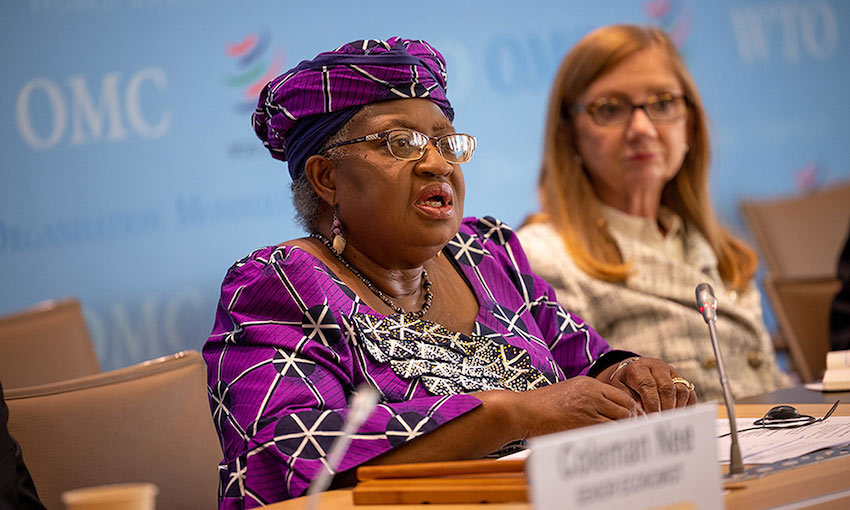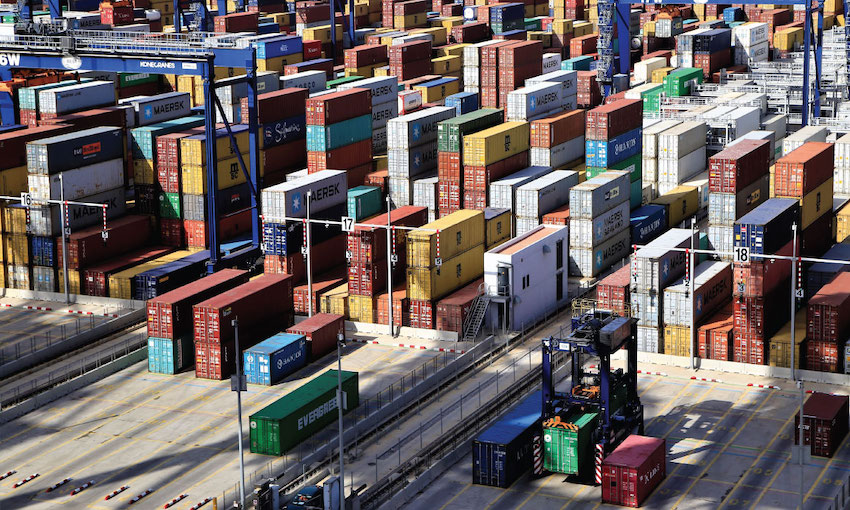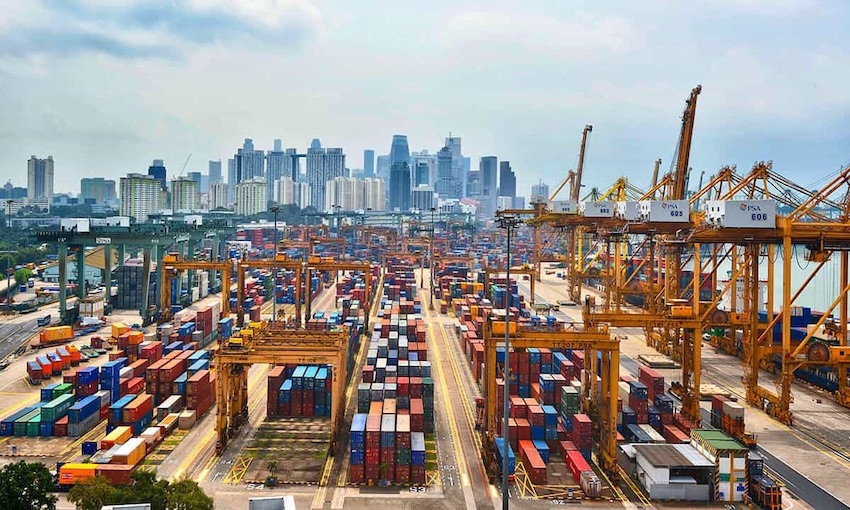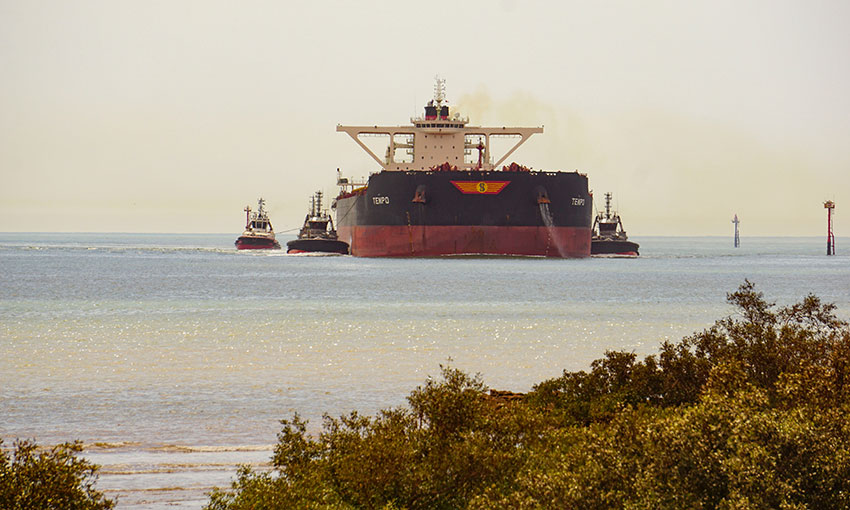WORLD trade is expected to lose momentum in the second half of 2022 and remain subdued in 2023 as multiple shocks weigh on the global economy, according to the World Trade Organization.
The latest WTO forecast estimates world GDP at market exchange rates will grow by 2.8% in 2022 and by 2.3% in 2023.
The forecast figure for 2023 is 1% lower than what WTO economists previously projected.
When the WTO released its April forecast, economists relied on simulations to generate reasonable growth assumptions in the absence of hard data on the impact of the war which had started in Ukraine just weeks earlier.
As events have unfolded, the WTO said its GDP projections for 2022 turned out to be broadly correct.
However, it said estimates for 2023 now appear overly optimistic, as energy prices have skyrocketed, inflation has become more broad-based, and the war “shows no sign of letting up”.
If the current forecast is realised, trade growth is expected to “slow sharply but remain positive” in 2023.
WTO director-general Ngozi Okonjo-Iweala said policymakers are now confronted with the task of finding balance among tackling inflation, maintaining full employment and advancing important policy goals such as transitioning to clean energy.
“Trade is a vital tool for enhancing the global supply of goods and services, as well as for lowering the cost of getting to net-zero carbon emissions,” she said.
“While trade restrictions may be a tempting response to the supply vulnerabilities that have been exposed by the shocks of the past two years, a retrenchment of global supply chains would only deepen inflationary pressures, leading to slower economic growth and reduced living standards over time.”
Ms Okonjo-Iweala said a deeper, more diversified and less concentrated base is needed for producing goods and services.
“In addition to boosting economic growth, this would contribute to supply resilience and long-term price stability by mitigating exposure to extreme weather events and other localised disruptions.”
The Ukraine crisis has reportedly pushed up prices for primary commodities, particularly fuels, food, and fertilisers.
In August this year, energy prices were up 78% year-on-year, led by natural gas, which was up 250%.
The 36% increase in the price of crude oil over the same period was small by comparison but still significant for consumers.
WTO economists also predict global merchandise trade volumes will grow by 3.5% in 2022, which they suggest is slightly better than the 3% forecast in April.
However, for 2023, they expect to see an increase of 1%, down sharply from the previous estimate of 3.4%.
Import demand is expected to soften as growth slows in major economies for different reasons.
In Europe, high energy prices stemming from the Russia-Ukraine war are expected to squeeze household spending and raise manufacturing costs.
In the United States, monetary policy tightening will hit interest-sensitive spending in areas such as housing, motor vehicles and fixed investment.
China continues to grapple with Covid outbreaks and production disruptions paired with weak external demand.
Finally, growing import bills for fuels, food and fertilisers could lead to food insecurity and debt distress in developing countries.





